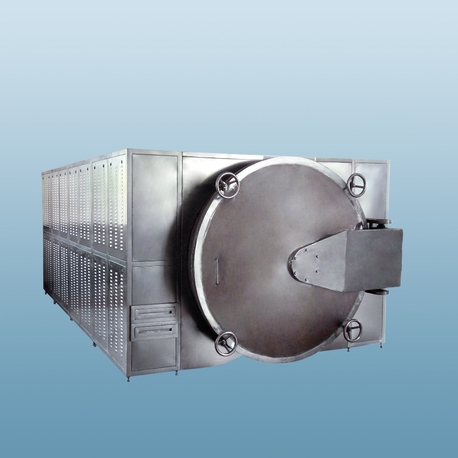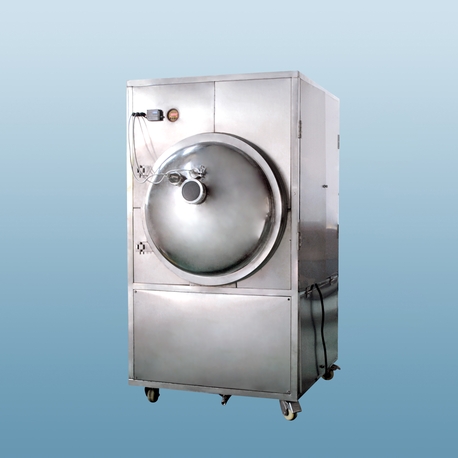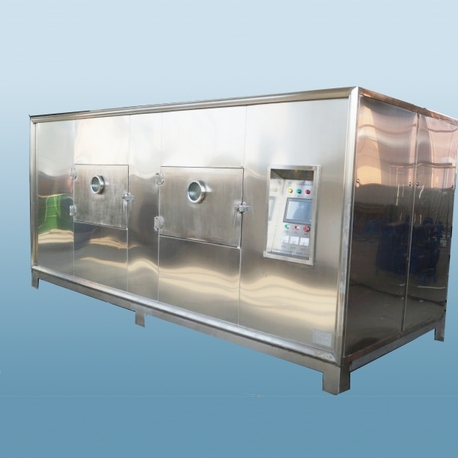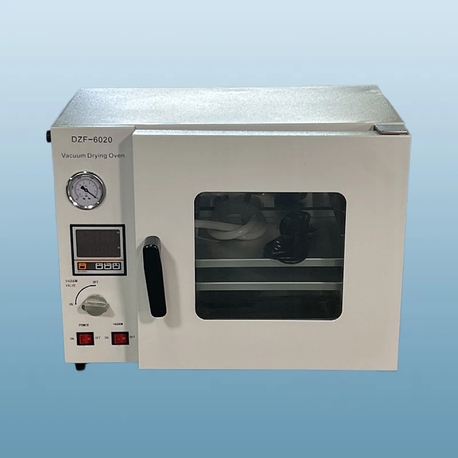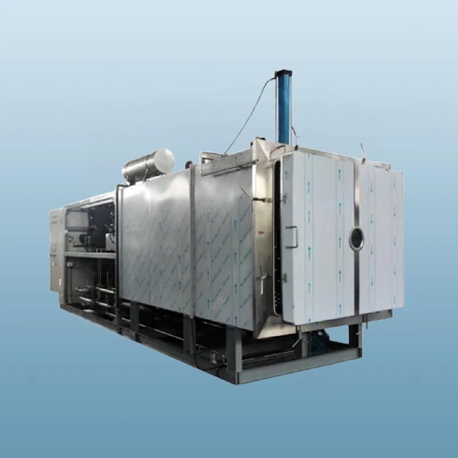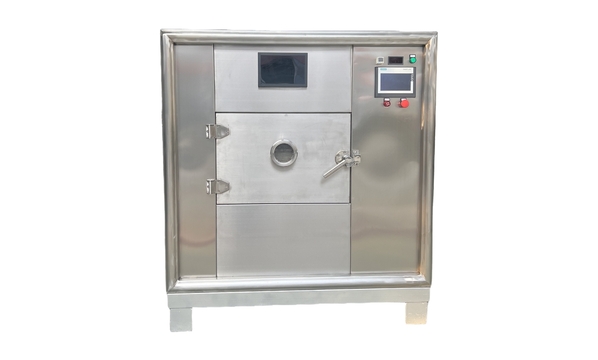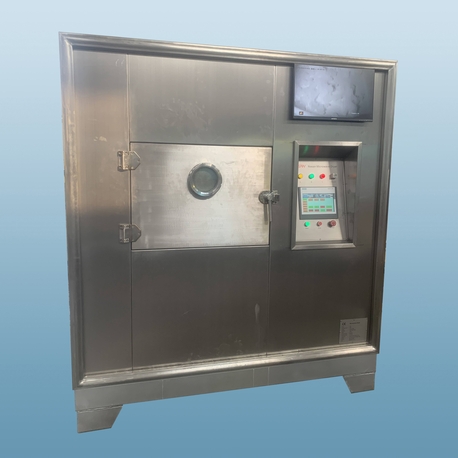The world of industrial drying and artistic creation has been revolutionized by the advent of microwave technology. At the heart of this transformation lies the microwave kiln, a compact yet powerful tool that has opened new possibilities for artists and small-scale manufacturers. But the story doesn't end there. The same core technology scales up into massive Industrial Microwave Dryer systems, sophisticated Microwave Vacuum Dryer units, and a broad range of Microwave Drying Equipment that is transforming food processing, pharmaceutical production, and ceramic manufacturing. This article explores the fascinating ecosystem of microwave thermal technology, from the artist's studio to the factory floor, addressing common questions and where to find quality microwave kiln supplies at a competitive microwave kiln price.
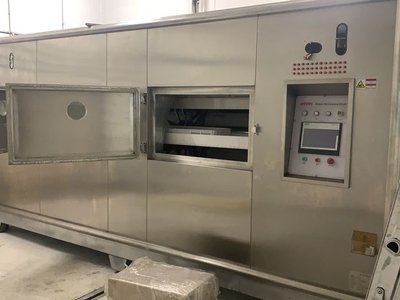
What is a Microwave Kiln and How Does It Work?
A microwave kiln is a specialized, small-scale kiln designed to fit inside a standard domestic microwave oven. It is typically constructed from a porous, thermal-insulating material that absorbs microwave energy and converts it into intense, focused heat, capable of reaching temperatures sufficient to melt glass and fire small clay pieces.
Unlike a traditional kiln that heats from the outside in, a microwave kiln uses the microwave's energy to heat the object from the inside out. The kiln itself acts as a susceptor—it gets hot and then radiates that heat onto the material placed inside it. This allows for incredibly fast heating cycles. Projects that would take hours in a conventional kiln can be completed in mere minutes. This technology is a perfect example of how the principles of larger Microwave Drying Equipment have been miniaturized for accessibility and convenience, making it a popular choice for hobbyists and jewelry makers working with fused glass.
The Industrial Big Brothers: Industrial Microwave Dryer and Microwave Vacuum Dryer
While the microwave kiln is perfect for small studios, the industrial sector leverages the same principles on a grand scale. Industrial Microwave Dryer systems are engineered for continuous processing of bulk materials. They are used to dry everything from textiles and lumber to food products like pasta and snacks, and ceramics. The key advantage is speed and efficiency. Microwave energy dries materials uniformly from the inside, preventing case-hardening (where the outside dries and seals in moisture) and significantly reducing processing time compared to conventional convection drying.
Taking this a step further is the Microwave Vacuum Dryer. This combination is a powerhouse for processing heat-sensitive materials. By operating under a vacuum, the boiling point of water is drastically lowered. This means materials can be dried at much lower temperatures. When you introduce microwave energy into this vacuum environment, you get rapid, low-temperature drying that preserves the color, nutrients, flavor, and structure of delicate products like pharmaceuticals, botanical extracts, and high-value fruits. This synergy makes the Microwave Vacuum Dryer one of the most advanced pieces of Microwave Drying Equipment on the market.
The Expansive World of Microwave Drying Equipment
The term Microwave Drying Equipment encompasses a wide spectrum of machinery, from the simple microwave kiln to continuous conveyor-belt dryers and large batch-processing vacuum chambers. This equipment is valued across industries for its precision, control, and energy efficiency. Modern Microwave Drying Equipment is often integrated with sophisticated sensors and control systems to precisely manage temperature and power levels, ensuring consistent, high-quality results without scorching or degrading the product. Whether it's removing moisture from ceramics before final firing, drying pigments for inks, or processing food, this technology offers a clean, fast, and controllable alternative to traditional methods.
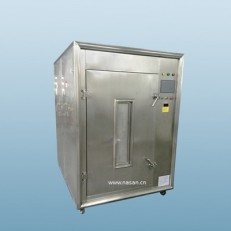
Sourcing Your Tools: A Guide to Microwave Kiln Supplies
For the individual artist or small workshop, success begins with the right tools. Sourcing reliable microwave kiln supplies is crucial for both safety and achieving desired results. The core supply is, of course, the kiln itself. These are typically made from a lightweight, fibrous ceramic material. However, a full suite of microwave kiln supplies also includes:
Kiln Shelves or Pads: The surface on which your artwork is placed.
Specialized Papers and Separators: Used to prevent glass from sticking to the kiln surface.
High-Temperature Ceramic Posts and Molds: For shaping and elevating pieces.
Protective Gear: High-temperature gloves and safety glasses are non-negotiable.
Compatible Microwaves: It's strongly advised to use a microwave dedicated to this purpose, as repeated use can damage a microwave oven not designed for such high thermal loads.
These microwave kiln supplies can be found through specialized art supply stores, online marketplaces, and directly from manufacturers of kilns and related equipment.
Understanding Microwave Kiln Price Factors
The microwave kiln price can vary depending on several factors. A simple, small kiln for very basic projects can be surprisingly affordable, often costing less than a dinner for two. However, larger, more durable models designed for frequent use and higher temperatures will command a higher microwave kiln price.
When considering the microwave kiln price, it's important to look at the complete picture. Factor in the cost of all necessary microwave kiln supplies (shelves, separators, etc.) and potentially a dedicated microwave oven. The microwave kiln price is also influenced by the brand, the quality of the insulating materials, and its size. For industrial systems like an Industrial Microwave Dryer, the price is a significant capital investment but is justified by the massive gains in production speed, energy savings, and product quality it delivers.
Common Questions and Problems with Microwave Thermal Technology
Both hobbyists and industrial users encounter a set of common challenges. Understanding these issues is key to successful operation.
For Microwave Kiln Users:
Cracking or Breaking Glass/Clay: This is often caused by thermal shock due to heating too quickly or cooling too rapidly. Always pre-dry clay pieces and adopt a controlled cooling process (annealing).
Inconsistent Results: Hot spots can occur. Using a microwave turntable helps, but rotating the kiln manually mid-cycle can improve uniformity.
Damage to the Microwave Oven: The intense heat can damage the microwave's interior or the turntable. Using a dedicated oven and placing a kiln stand or a ceramic tile under the kiln to protect the turntable is essential.
Kiln Lifespan: The porous kiln material degrades over time and with use. It will eventually need to be replaced as part of your ongoing microwave kiln supplies.
For Industrial Microwave Dryer and Microwave Drying Equipment:
Uneven Drying (Arcing): If the microwave energy concentrates on a specific point, it can cause an electrical arc (plasma), which can burn the product. This is mitigated by using mode stirrers and careful load design to ensure even energy distribution.
Calibration and Control: Precisely controlling the drying process requires expert calibration. Over-drying wastes energy and can damage the product, while under-drying fails to meet specifications.
Upfront Cost: The initial microwave kiln price for a small unit is low, but the capital investment for an Industrial Microwave Dryer is high compared to some conventional dryers, though the ROI through energy and time savings is often rapid.
Material Compatibility: Not all materials dry well with microwaves. Some materials or compounds can overheat unpredictably, requiring extensive testing before full-scale implementation.
The Future of Microwave Drying and Firing
The future of this technology is bright. We can expect continued innovation in efficiency and control. Smart Microwave Drying Equipment integrated with AI and IoT for predictive maintenance and perfect results is already on the horizon. For the hobbyist, advancements in materials for microwave kiln supplies will likely lead to longer-lasting and more efficient kilns. As energy costs rise and the demand for high-quality, gently processed products increases, the value proposition of microwave technology, from the humble microwave kiln to the colossal Industrial Microwave Dryer, will only become stronger.
From the artist's bench to the factory line, microwave thermal technology represents a significant leap forward. The microwave kiln democratizes the ability to work with fused glass and ceramics, while its industrial counterparts—the Industrial Microwave Dryer, Microwave Vacuum Dryer, and comprehensive Microwave Drying Equipment—are driving efficiencies and enabling new products across global industries. By understanding the technology, sourcing the right microwave kiln supplies, being aware of the microwave kiln price points, and learning to troubleshoot common issues, users at every level can harness the power of microwaves to create, innovate, and produce like never before.


